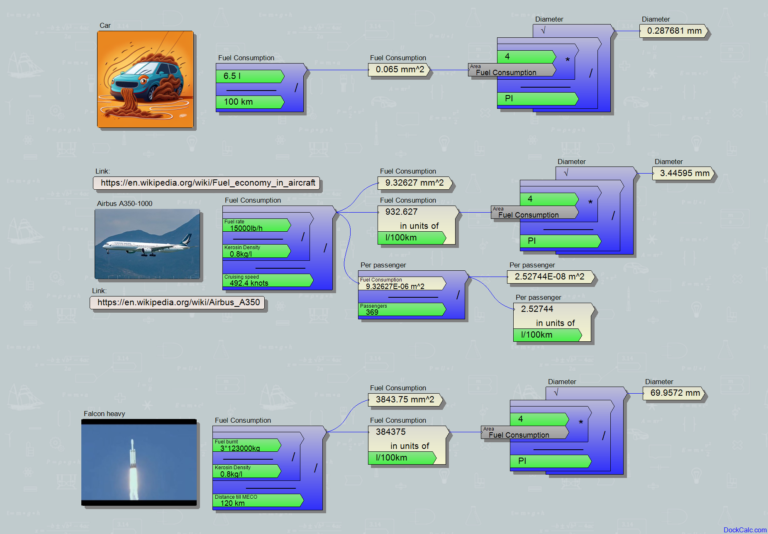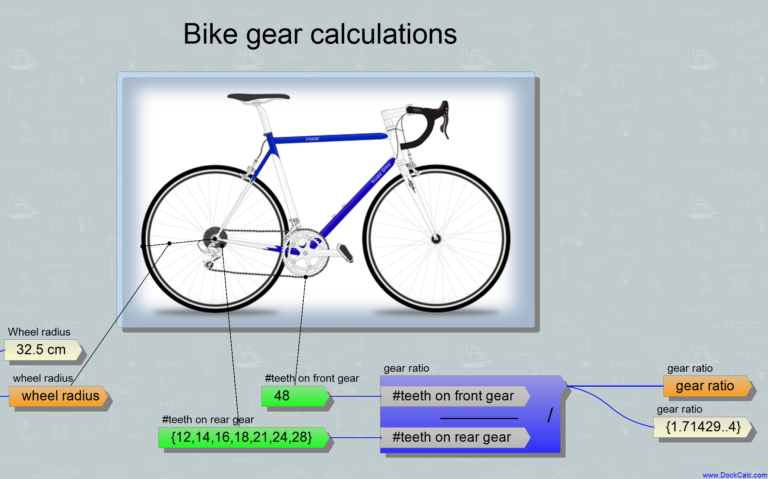How big wings does a fairy need to fly?
The carnival is here, children and adults are running around in costumes. I see wings on many carnival costumes. Butterfly and fairy are popular among little girls, boys perhaps more often dress up as pilots or Batman. Ever since we were children, we have had the desire to be able to fly, to go far, to travel without obstacles and to see everything from above.

(Designed by user2104819 / Freepik)
I myself watched quite a few Barbie cartoons with my children, where the pink characters glided effortlessly through the air on butterfly wings. Being a person with technical background, I couldn’t ignore what I saw, and after the movie, my daughter and I talked about whether such a wing could lift someone up. No, I didn’t completely destroy the illusion, I just put it in context, something like this:
“For a wing to lift someone, you need a certain speed and a large, well designed wing surface that does not collapse under the load.”
The speed is necessary because the lift of the wing is proportional to the dynamic pressure (Pdyn), which is nothing but the pressure that comes from the kinetic energy of the air, depending on its density and speed, and can be calculated as follows:
Pdyn= airspeed2*density/2
This must be multiplied by the surface of the wing and a lift coefficient of the wing’s geometry and angle of attack (this coefficient is at its maximum just a little over 1.0 for a well-designed wing).
Flift=Awing*Clift*Pdyn
that is
Flift=Awing*Clift* airspeed2*density/2
Those who do not like to calculate such things, or are afraid of getting involved in units of measurement, don’t worry, the DockCalc program is just designed for this, I also used it to calculate, namely the weight that a wing can still lift at a given speed. Moreover I calculated the same on the other way around: how much speed a wing with a given surface would need to lift a body of a given mass (fairy, Batman, Red Bull influencer, airplane,…). This is how the calculation looks graphically:
Anyone who would try it with a calculator and paper should pay attention to the correct use of units of measurement. If you enter the speed in km/h in the formulas, the unit of measurement of the result will not be friendly, so it is advisable to handle everything in the formula in SI units (m/s, kg, N, Pa) and then the result will also be given in such units.
Those who feel at home with English/American traditional units of measurement should prepare a larger piece of paper, because if they write the speed in knots, the density in pounds/cubic feet, and then they want to see the pressure in Psi (pounds per square inch 😊), those partial results must be often converted at each step.
Back to the desire to fly – what can be learned from the above formulas?
- the faster something flies, the smaller the wing is needed
- the lighter something is, the smaller the wing is sufficient
The critical situation is take-off and landing, as the speed is not as high as when cruising. In the case of a fairy, the weight is fortunately small, but she shall be able to run very fast: a 40-kilogram short-distance running fairy with tiny wings (~1.5 m2) would have to run at around 70 km/h in order to be airborne. Only a much larger wing helps, which is not so elegant and difficult to sit in a coffee shop with.
If we replace take-off with sip of Red Bull ad a brave jump from somewhere, then an 80-kilogram adrenaline-junkie can fly in a special suit (WingSuit) at slightly over 100 km/h. I note here that it is somewhere between flying and falling, since a 100 km/h flight has a falling speed component of approximately 40 km/h, and a parachute must be opened before reaching the ground! Never try without it!
If you want to stay mid-air with wings for a longer time, you have to propel yourself somehow. There are many options for this, the most well-known are:
- flapping wings
- engine and propeller
- gas turbine
- rocket engine
- rising air stream
That being said, I don’t want to discourage anyone from building their own flying device in their garage. I found a guy on YouTube who literally builds ultralight airplanes with DIY tools and dares to take off with them. There were a few moments when I could hardly believe my eyes, seeing him to entrust his life to a simply glued Styrofoam wing, but in the end he and the structure survived the flight.
So if you need some inspiration to build your own airplane, check this out!
I would recommend using DockCalc for calculating the details, but if you fail, I take no responsibility!
The above calculation file is free to download here:







